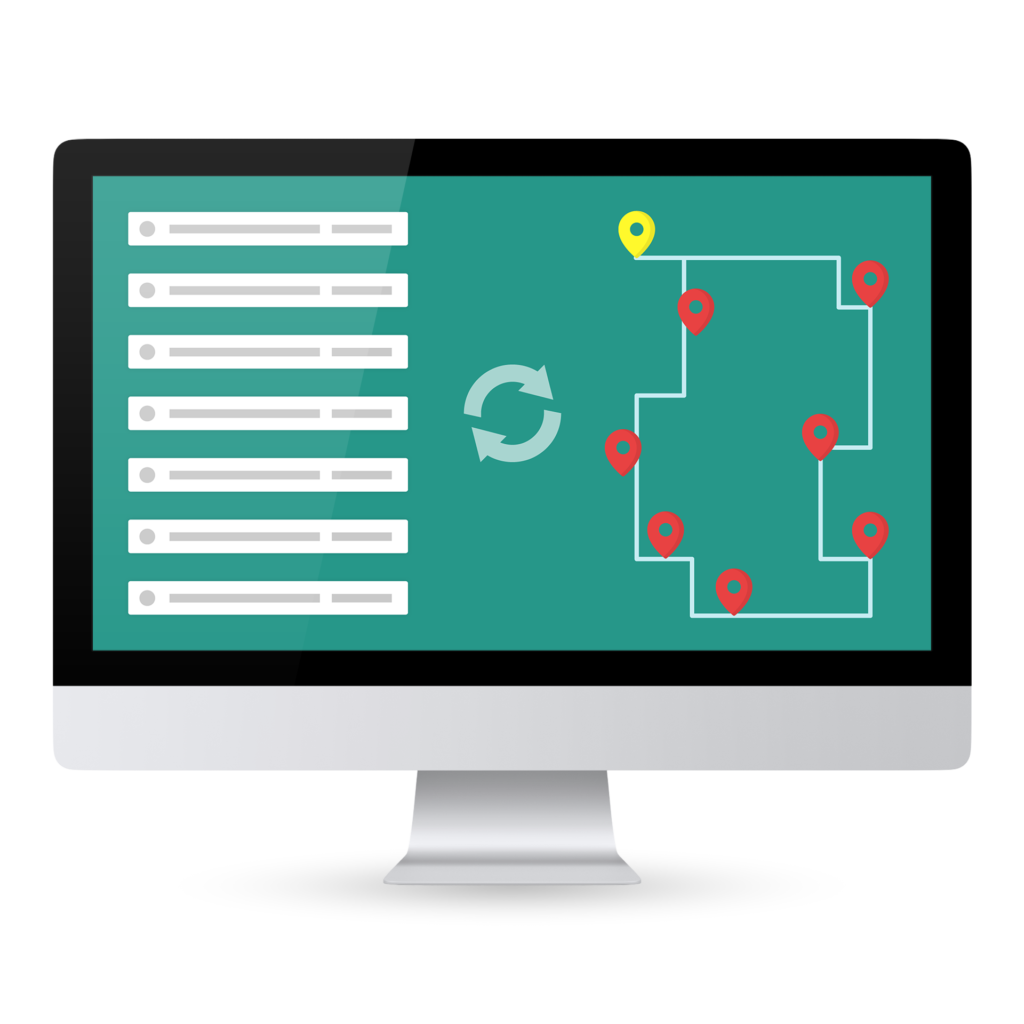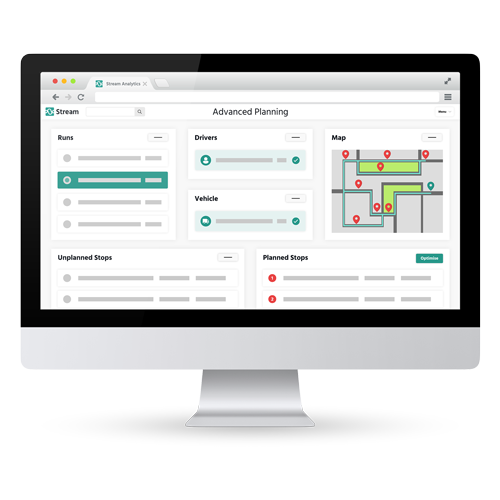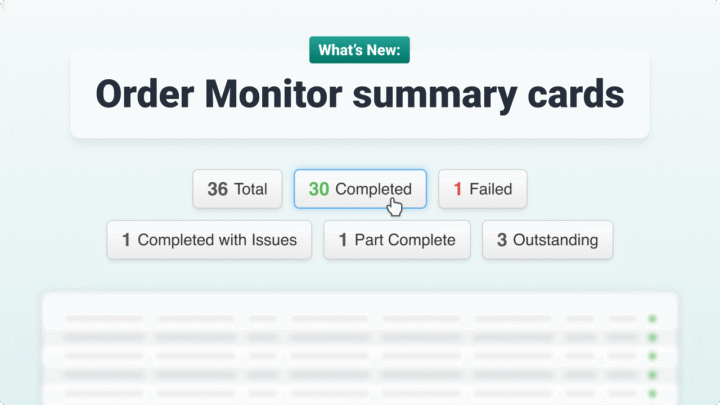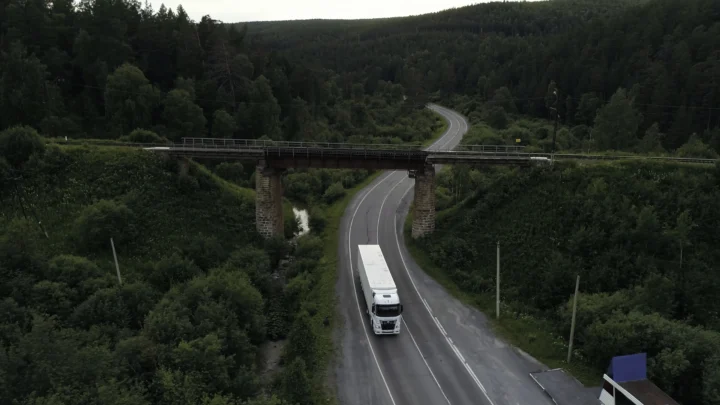Route scheduling is an effective strategy for optimising your logistics and delivery operation, boosting customer satisfaction, minimising your organisation’s environmental impact, and helping your business grow.
But, getting your head around and implementing effective route scheduling practices can be challenging.
Here we will outline what route scheduling is, the key benefits of the practice, how you can implement route scheduling into your delivery (or collection) operation, and the key challenges affecting its successful implementation.
What is route scheduling?
Route scheduling is all about planning and optimising your delivery routes to make sure your goods get where they need to be as efficiently as possible.
This means working out the best routes to navigate, sequencing delivery or collection stops as efficiently as possible, and choosing which vehicles are most suitable for which runs or jobs.

This process is crucial for getting the most out of your resources and cutting down on unnecessary travel (such as empty miles), saving both time and money.
Route scheduling software uses algorithms and data analysis to automatically plan your routes, making sure deliveries are as on time and efficient as possible.
Key benefits of route scheduling
Improved delivery efficiency
By enhancing the efficiency of your routing through meticulous route planning and route optimisation, the two key components of route scheduling, companies can cut down on travel time and fuel use, meaning quicker delivery and collection times.
This efficiency not only makes your operations more productive but also lets you handle more deliveries or collections without your levels of service or customer satisfaction dropping off.
In fact, quite the opposite.
Cost savings
Efficient routing means you’re not spending as much on fuel, your vehicles aren’t wearing out as fast, and you’re saving on labour costs.
Over time, these savings can really add up, giving you a nice bit of extra cash to invest back into the business.
To put these savings into perspective, various studies suggest that advanced route scheduling software typically helps private fleets cut their transportation costs by 10% to 30%, depending on the source.
Enhanced customer satisfaction
When deliveries are on time and you give accurate arrival times, your customers are much more inclined to leave a positive review and be retained as a long-term customer.
Getting their orders when they expect builds trust and loyalty, which is crucial for your business in the long run.
88% of consumers have said that they will not return to shop from an online store after just one poor delivery experience, so it can be make or break.
Reduced carbon footprint
Better routes mean fewer emissions, which helps you meet your sustainability targets.
By being greener, companies not only stick to Government guidelines, but also look better to customers who care about the environment.
Implementing scheduling software
Successfully getting scheduling software working in your logistics operations involves a few key steps:
- Choose the right software
When you’re picking your scheduling software, think about things like real-time delivery tracking, route optimisation, and whether it’ll integrate with your current systems.

It’s vital to choose something that fits what you need and can grow with your business, which is why we suggest looking into a Transport Management System that offers a wealth of features to aid market expansion.
- Training and adoption
Make sure your team knows how to use the new software properly.
It should be straightforward, but good training will help them get the most out of it.
Encourage them to get on board by showing them how it’ll make their jobs easier and more efficient.
Regular training sessions can keep their skills up to scratch and ensure everyone’s using the software to its full potential.
- Monitor and adjust
Once you’ve got it running, keep an eye on how well the software is performing and make any tweaks needed.
Use analytics and data to see where you can improve things and adjust routes to be even more efficient.
Talk to your team to get their feedback and use that to refine your processes and sort out any issues that come up.
Practical benefits of route scheduling
For transport and logistics managers
Route scheduling makes the tricky job of managing a delivery fleet much simpler.
With optimised routes, logistics managers can make sure deliveries are on time, reducing delays and keeping customers happy.
This streamlined approach lets managers focus on the bigger picture and other important parts of logistics.
What’s more, the savings you get from better routes can really add up, meaning you can use your resources more effectively and potentially increase profits.
You can then put this money into things like better technology, training your staff, or even expanding your delivery fleet if necessary.
For sustainability officers
Sustainability officers will be chuffed with the environmental benefits of route scheduling.
By cutting down on unnecessary travel, route optimisation significantly reduces fuel use and emissions, helping companies meet their green targets.
This focus on being eco-friendly not only helps the planet but also makes the company look better to environmentally conscious customers.
It ties your logistics operations in with your green strategies, showing you’re serious about environmental responsibility.
As being sustainable becomes more and more important, companies that prioritise green logistics can get ahead of the competition and build stronger relationships with everyone involved.
For e-commerce business owners
Route scheduling is a must for e-commerce businesses looking to grow and handle deliveries at scale.
By making sure deliveries are on time and accurate, you can build trust and loyalty with your customers, leading to repeat business and good reviews.
This trust is a key part of building your brand and keeping customers in the competitive world of online shopping.

Efficient deliveries also mean you can handle more orders without your delivery costs spiralling, which supports sustainable growth.
This ability to scale up means you can reach more customers and take advantage of new opportunities without your service suffering or your costs getting out of hand.
Challenges and solutions in route scheduling
Data accuracy
Good route scheduling relies on accurate information, like traffic patterns, delivery time slots, and vehicle capacities.
If your data isn’t right or inputted correctly, such as your delivery time slot windows, your routes won’t be as efficient as they could be.
Making sure your data is accurate means constantly checking and updating it.
Dynamic changes
Things that happen in real-time, like traffic jams or last-minute changes to orders, can mess up your planned routes.
You need flexible solutions that can quickly adapt to these new situations and keep things running smoothly.
Integration
Getting new software to work with your existing systems can be complicated and take time.
This often needs careful planning and working closely with your IT team to make sure everything goes smoothly and doesn’t disrupt your operations.
Solutions
Invest in quality data
Make sure your data sources are reliable and updated regularly.
Use GPS and IoT sensors to collect real-time data. Having good data management practices in place will help you keep your data accurate and make better decisions.
Use real-time updates
Choose software that offers real-time tracking and the ability to change routes on the fly to deal with unexpected events.
This flexibility means you can react quickly to problems and keep your service levels high.
Plan for integration
Work closely with your software providers to make sure it integrates well with your current systems.
A step-by-step approach to implementation can help make the transition easier. Work with everyone involved to sort out any integration issues and make sure the software meets your business goals
The future of route scheduling
As technology keeps moving forward, the future of route scheduling looks bright.
Innovations like artificial intelligence (AI), machine learning (ML) fuelling automation are set to make route optimisation even better, offering even more precise and efficient delivery solutions.
These technologies can look at huge amounts of data to spot patterns and predict potential problems, allowing you to plan ahead even better.
On top of that, the rise of driverless vehicles could completely change route scheduling, allowing for deliveries 24/7 with very little human involvement.
This shift could lead to big savings on labour costs and even better delivery efficiency, transforming the whole logistics game.
Conclusion
Route scheduling is a must-have tool for anyone in logistics and fleet management.
By using scheduling software, businesses can see big improvements in how efficient their deliveries are, how much money they save, and how happy their customers are, all while being kinder to the environment.
This well-rounded approach not only helps your day-to-day operations but also fits in with your wider business goals and values.
For logistics managers, sustainability officers, and e-commerce business owners, getting on board with route scheduling is a smart move towards making your delivery operations better and helping your business succeed.
As the industry changes, those who invest in the best route scheduling solutions will be in a good position to thrive in an increasingly competitive market.
Embrace the future of logistics with route scheduling, and watch your delivery efficiency go through the roof.
With technology constantly improving and a commitment to being innovative, businesses can unlock new opportunities and achieve sustainable growth in the fast-paced world of logistics and delivery.



